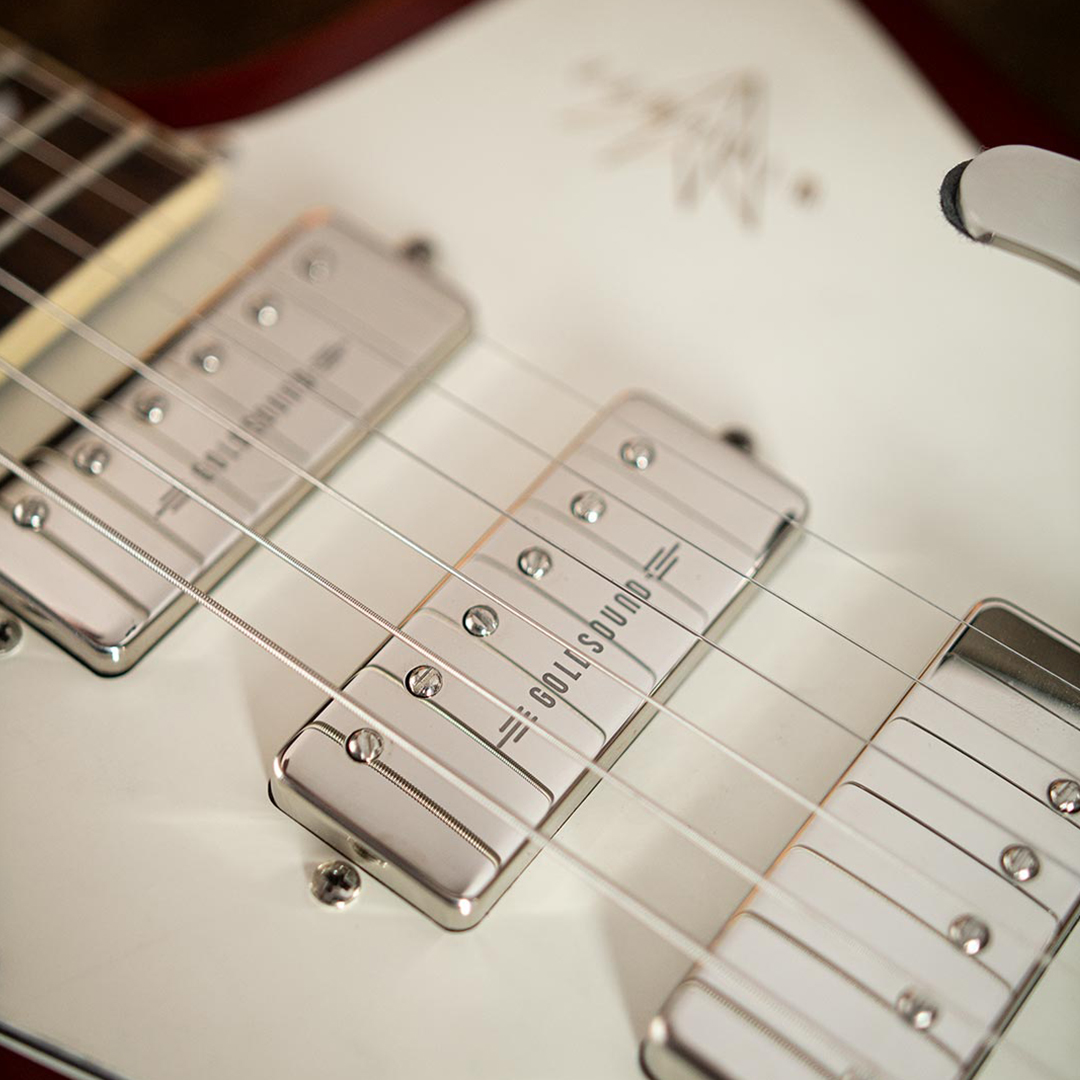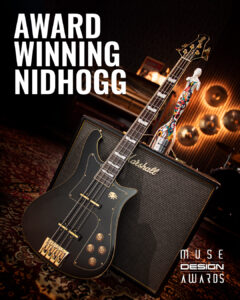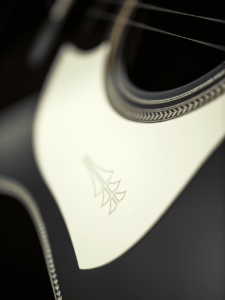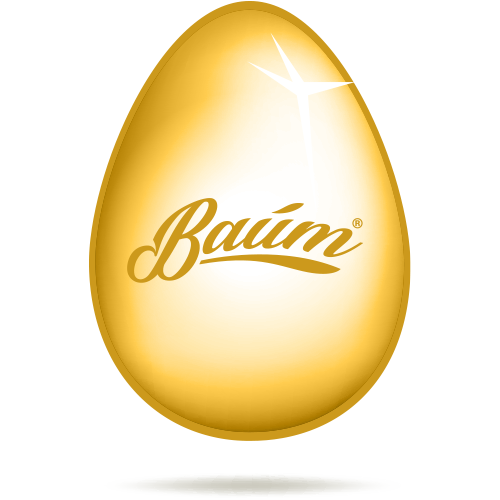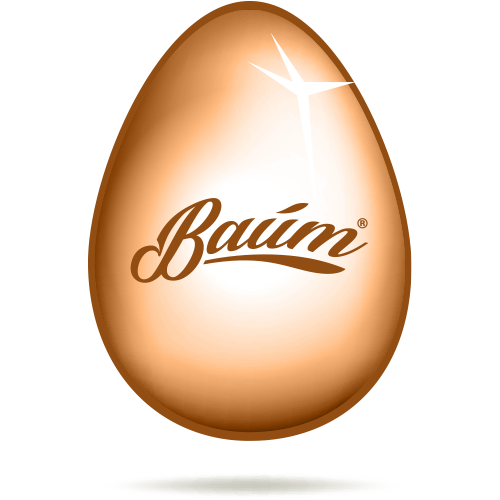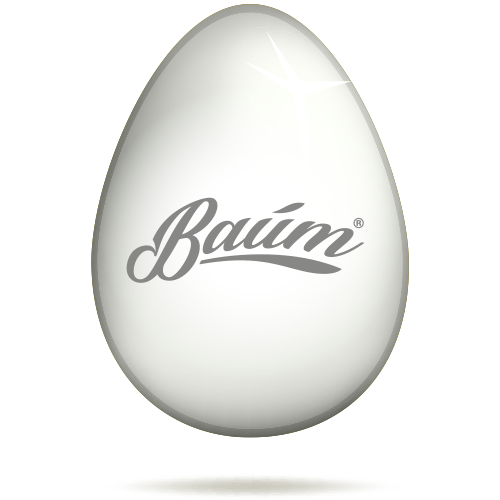THE MINI-HUMBUCKER - HOW DOES IT SOUND?
The mini-humbucker is a fascinating specimen, offering a unique combination of size and sonic character. And if you’re a guitar enthusiast like us, understanding its construction helps demystify the magic behind its distinct sound.
Have you ever wondered what makes a mini-humbucker so awesome? And what makes it different from a regular humbucker? Well, in this blog post, we’re going to dive deep into the construction of mini-humbuckers and compare them to their larger counterparts. Think of it like comparing a pocket-sized sports car to a full-sized sedan – both great, just different in their own ways!
THE BASICS OF HUMBUCKERS.
Before we get into the mini-humbucker, let’s briefly explore the core concept of a humbucker pickup. Think of a humbucker as a pair of bodyguards for your guitar’s signal. It’s designed to eliminate the pesky hum and interference (hence the name “humbucker“) that single-coil pickups are prone to pick up. This results in a cleaner, noise-free sound.
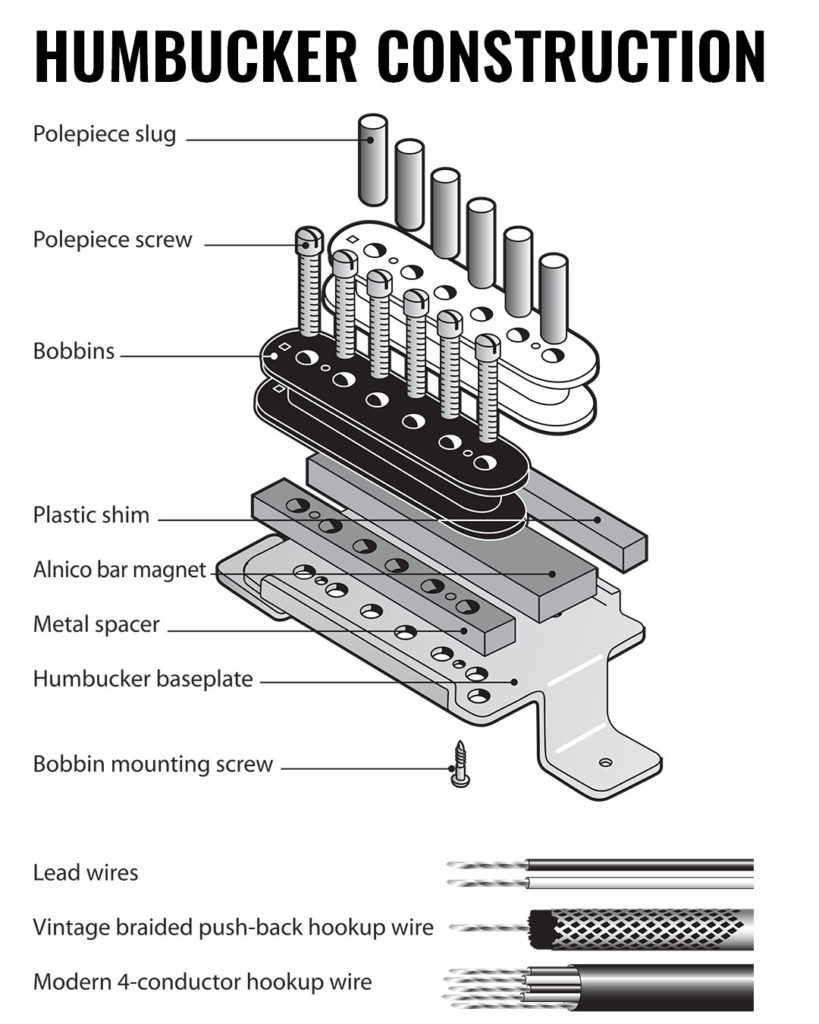
REGULAR HUMBUCKER CONSTRUCTION.
Two Coils: Imagine a regular humbucker as a dynamic duo – at the heart of every humbucker are two coils of wire, wound precisely around a bobbin. Think of these coils as the ears of your pickup – they listen to the vibrations of your guitar strings. Each coil is like a microphone, capturing the strings’ movements.
The clever thing is that they’re picking up the vibrations in opposite phase.
What’s Opposite Phase? These coils are wound in opposite directions, which means when one coil receives a positive signal, the other gets a negative one. This clever design cancels out any noise or interference that both coils pick up, just like two equally strong bodyguards keeping the bad guys out.
Magnet: The Attractive Core
Beneath these coils lies a magnet or a set of magnets. Imagine these magnets as your pickup’s magnetic personality. They do the important job of turning those captured string vibrations into electrical signals. When the strings vibrate, they disturb the magnetic field created by the magnets, inducing a small current in the coils.
Wire and Insulation: The Information Highway
The wire used in humbuckers is carefully chosen for its electrical properties. It’s typically insulated to prevent unwanted interactions between the coils and to keep everything tidy. This wire is like the highway on which the electrical signals travel from your pickup to your amplifier.
Baseplate and Cover: The Pickup’s Armor
Humbuckers are often equipped with a metal baseplate and a cover. These elements provide some shielding from electromagnetic interference and contribute to the pickup’s aesthetics.
Output Wires: Connecting the Dots
Humbuckers have output wires, usually two of them. One wire is connected to the start of one coil, and the other is connected to the end of the other coil. These wires carry the electrical signals to your guitar’s controls and eventually to your amplifier. They’re like the lifelines that connect your pickup to the outside world.
MINI-HUMBUCKER CONSTRUCTION.
Now, let’s switch our attention to mini-humbuckers – the agile ninjas of the pickup world.
- Compact Size: Mini-humbuckers are like the Bruce Lee of pickups – compact, efficient, and incredibly focused. They consist of two smaller coils, similar in design to their larger cousins but more streamlined. Instead of single pole pieces, the mini-humbucker features a single steel slug.
The barmagnet on our Goldbucker mini-humbuckers is Alnico V.
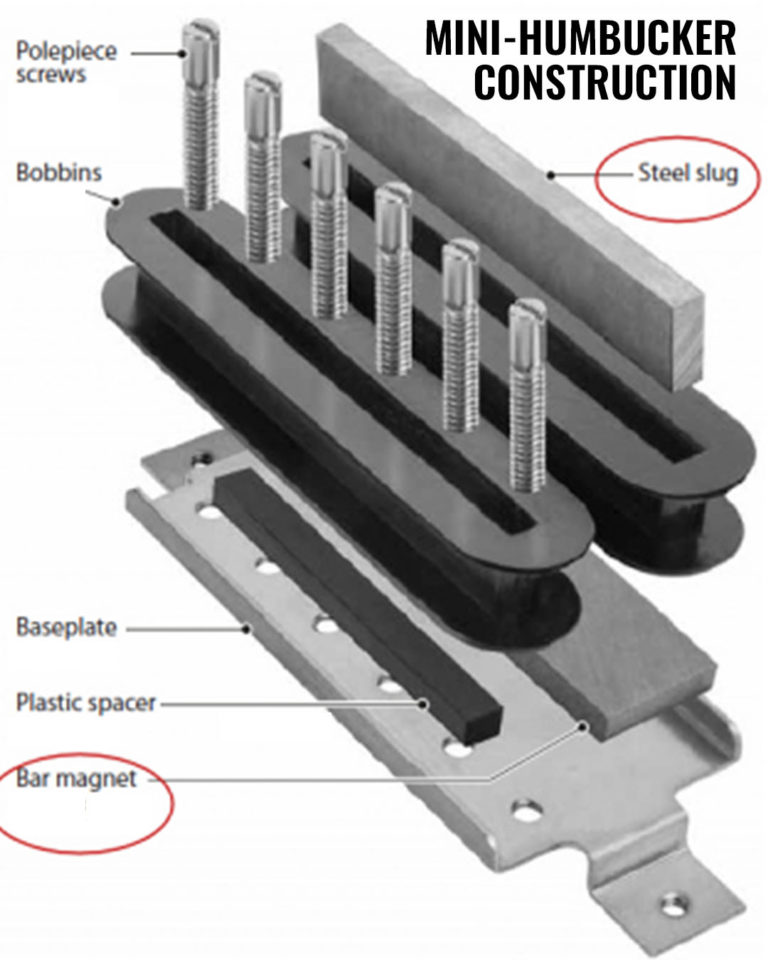
- Big Sound, Small Package: Don’t be fooled by their size; mini-humbuckers pack a punch. The smaller coils are like two highly trained martial artists, finely tuned to capture the essence of your guitar’s vibrations while keeping the noise at bay.
- Unique Tones: Mini-humbuckers have their own unique flavor. They produce a bright and articulate tone with a focused character. It offers clarity and definition to your playing, making individual notes stand out while maintaining a warm undertone.
Mini-humbuckers are known for their twangy and jangly sound, making them ideal for genres like rock or blues, but are versatile enough to add punch to your pop – or tighten up a very heavy distorted tone. They have a dynamic response, delivering a lively and expressive performance, responding sensitively to your playing dynamics. In essence, a mini-humbucker adds a crisp and distinct flavor to your guitar’s sound.
Imagine regular humbuckers as a classic steak dinner, while mini-humbuckers are a zesty stir-fry – both delicious, but catering to different tastes. They offer a brighter, snappier tone compared to regular humbuckers.

COMPARING THE TWO.
Think of regular humbuckers as a robust SUV, designed to handle any terrain and protect your signal under all conditions. On the other hand, mini-humbuckers are like a nimble sports car, delivering a thrilling ride with a bit more agility and style.
Size impacts sound: Regular humbuckers are larger, often with wider coils and more powerful magnets. This provides a larger, providing a beefier, more traditional tone.
Mini-humbuckers, as the name suggests, are smaller and more compact and offer a sharper, more focused sound.
Versatility: Regular humbuckers are known for their versatility, handling various playing styles and genres great. Originally designed to cancel hum, they handle high-gain situations with ease. Their versatile reputation also comes from their place in history simply having been used for such a broad palette of styles.
Mini-humbuckers may seem more like a niche pickup, but this is also due to their lesser-known qualities and uses during the history of the electric guitar. Mini-humbuckers are versatile in their own right and shine in most playing styles and genres, adding a unique character to your sound.
OUR CONCLUSION.
The mini-humbucker is a fascinating pickup, offering a unique combination of size and sonic character compared to its bigger brother, but both have their place.
It’s not about one being better than the other; it’s about which one suits your musical journey. Each has its own sonic charm that may be useful in the right context.
Whether you opt for the big and bold or the compact and expressive, remember that it’s all about crafting your signature sound on this musical adventure.
So, embrace the humbucker that resonates with your style and make your guitar sing!
